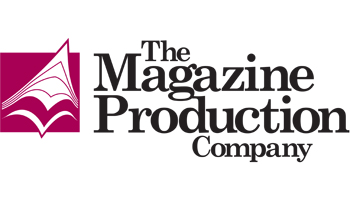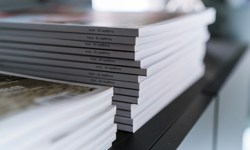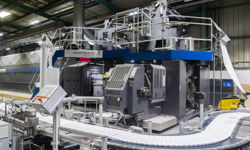
Q: Typically, how can publishers improve the look and feel of their print magazines?
A: Get to really understand your publication’s structure, functionality and format. From this, more refined master pages can be prepared. Invest time on page aesthetics and choose fonts that complement each other; two or three font families is all that you should need.
Work to margins, columns and make use of baseline grids; it all helps to create professional-looking pages. Time and money invested here can pay dividends in the long run; overall, editorial can be delivered more accurately, and production turnaround times reduced.
Collectively, it also helps increase reader engagement.
Q: What constitutes a well-designed magazine?
A: Structure, functionality and format. If these can be applied while following editorial guidelines and accompanied with high-quality imagery, then good aesthetic design and layout will follow – that is if master pages and design guidelines have been set.
Q: For publishers who outsource their page design, what tips would you give them to make the relationship more productive?
A: Proofread content before submitting to production. There are three stages to proofing: content proofing, visual proofing and technical proofing. If content can be proof-read to the best of a publisher’s abilities before we design the page, then it will save time and give us much greater control over how the content is formatted on the page.
While typos can still be picked up on the first visual proof, it will be nowhere near as many as you would expect, if the content proofing is done properly. If content is properly proofed before submitting it to the designer, then we’re often able to get approval for print after just one proof.
Get to know Acrobat’s annotation tools. Applying amendment requests to the PDF file allows us to import required changes directly into InDesign and results in greater accuracy and faster turnarounds.
Working to master pages allows you to specify ideal word counts. Including these within editorial guidelines will help contributors deliver content more accurately.
Q: When it comes to choosing paper stock, what advice do you typically give?
A: If mailing magazines, work back from mailing costs to establish a price that works well within your distribution budget. Then offer the maximum unit weight to a printer who can then provide you with paper weight options to match. If the feel of the paper is too heavy, you can reduce its weight knowing that you still have room to add a few extra pages without busting your mailing budget.
Q: Why will print endure?
A: Print is a resilient medium simply because it is a very effective way to broadcast a wealth of quality content which would otherwise struggle to be read amongst all the inaccurate material online. In the digital world, anyone can publish anything, at any time.
Readers trust and value content in print. Qualified editorial builds a publisher’s reputation as a source of credible information.
I predict that recent online-only publishers who have cracked very niche markets will turn to the benefits and revenue streams of print. At the moment, they don’t know where to start because they’ve never previously been involved with print publishing. But they will be encouraged to learn that producing and printing small run publications is now economically viable if done right.
Q: Which magazines do you think are particularly well designed, and why?
A: Without singling out any individual titles, upper-end consumer-led publications invariably stand out. They invest in quality photographic reproduction and page aesthetics and consistently work to high production values. They understand that well-designed magazines do come at a price.
However, the good news for other publishers is that, as long as the page is well-balanced, using font choices to complement the contributor’s words, with good use of colour and quality images, adding a touch of page furniture here and there, then there is no reason why all magazines can’t be well-designed both visually and functionally. In the main, though, not many publishers take the route laid out in my answer to your first question!

About us…
Dean Cook: “Here at The Magazine Production Company, our services can be delivered in a way that suits you, your project and your budget. Our clients are rarely the same in how they approach their needs. Some need only a certain skill set to bolster their own team, whilst some clients need the whole suite of services. If you’re looking for a production company to partner with in a way that suits you then we are exactly what you are looking for. Our flexibility and experience allow us to fit seamlessly into your project and your team. And if you need to discuss your options with us, we are always available for advice or a free consultation and quote.”
01273 911730










